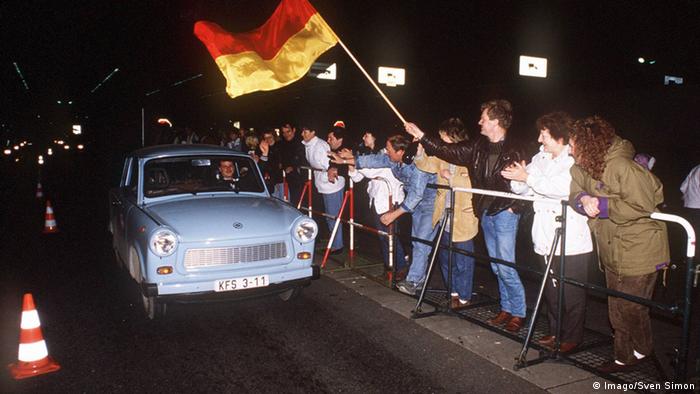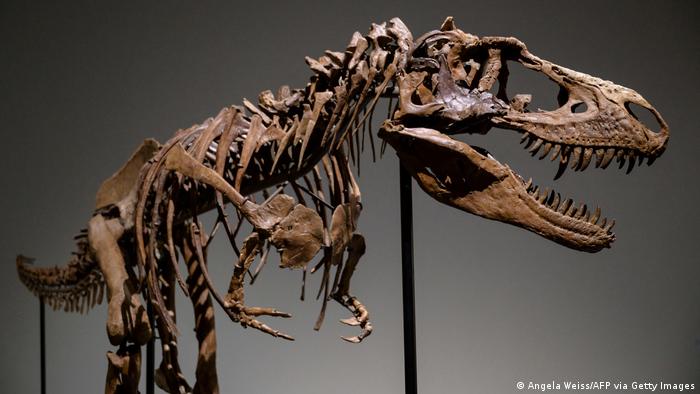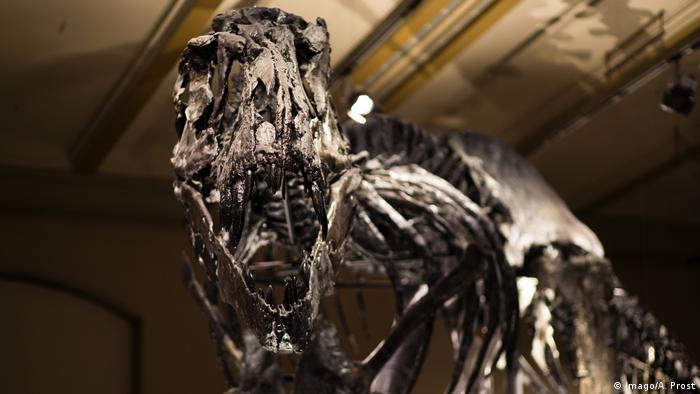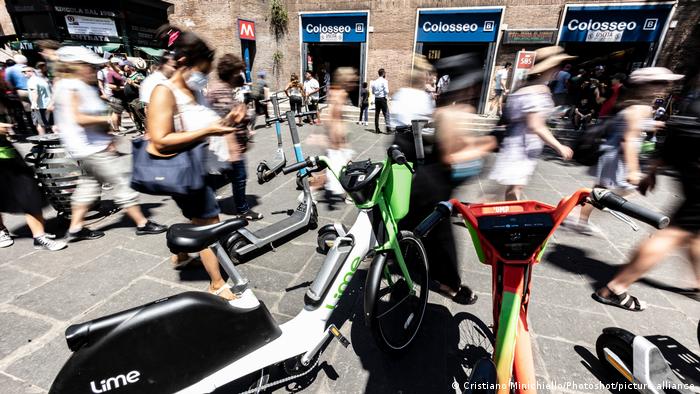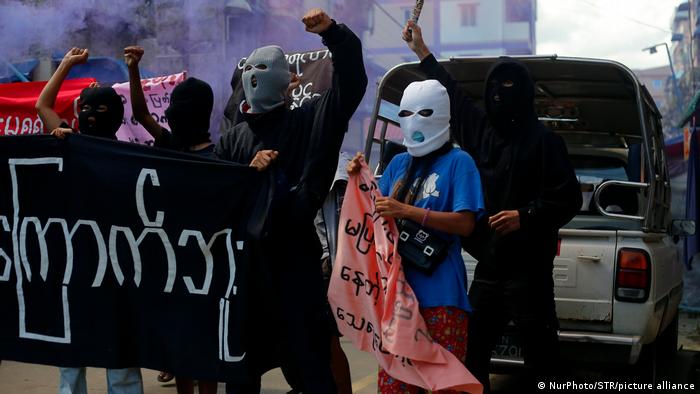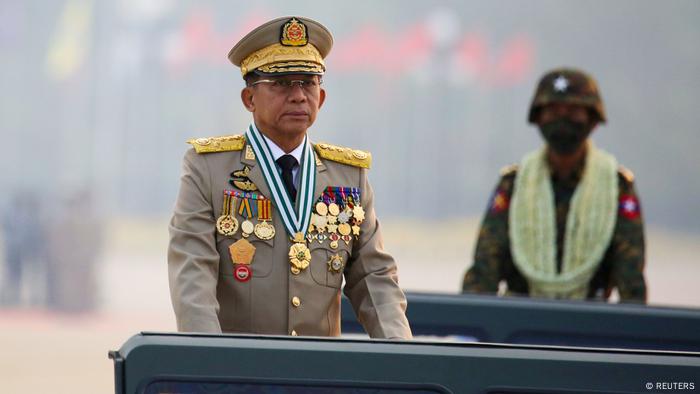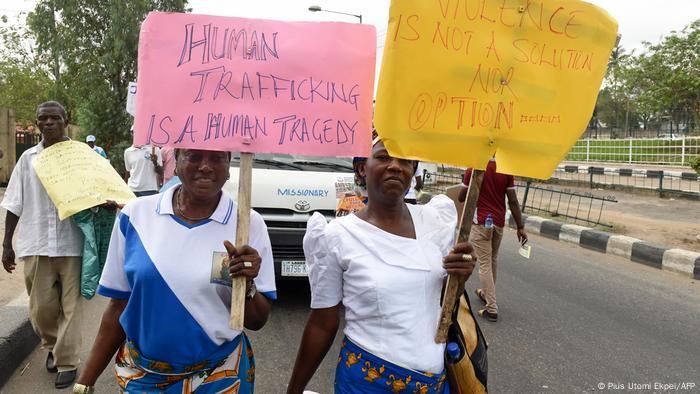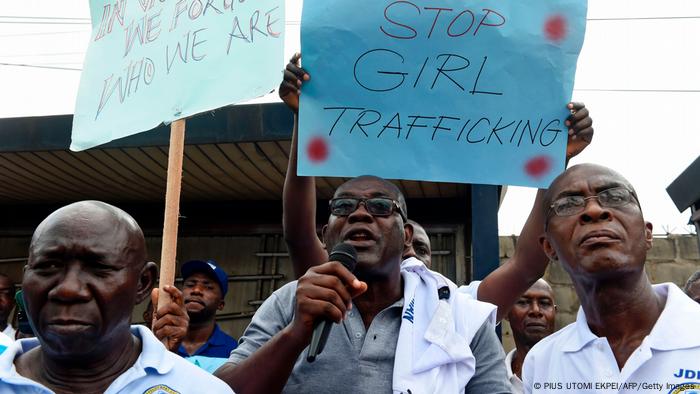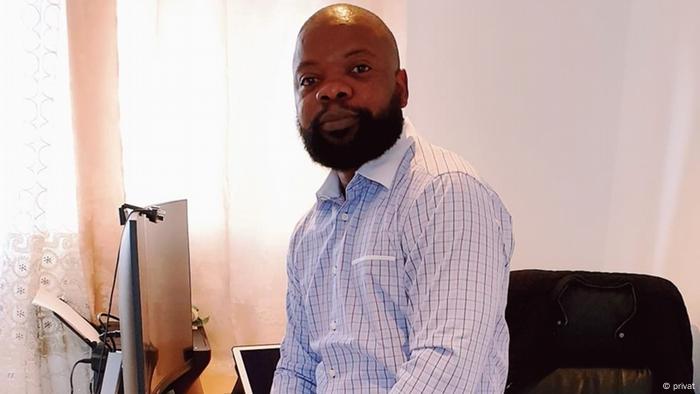Citizens of the GDR were not allowed to venture far due to strict travel restrictions. This made bordering countries Poland and Czechoslovakia popular destinations.

A trip to the Polish coast
"My parents had a model 500 car, and I remember that I always had a hard time breathing in the back," said Wolfgang Worf, whose family regularly took trips from Weimar, in East Germany, or the German Democratic Republic (GDR), to Liberec, in what was then Czechoslovakia, in the 1970s and 1980s.
Sometimes they traveled as often as three times a year. The car was decidedly small, and had no windows that could be opened in the back. After an upgrade to the popular 601 model of the ubiquitous East German-made Trabant car — lovingly dubbed the Trabbi — the long trips to the neighboring country became a little more bearable, he told DW.
Wolfgang Worf's parents hailed from the Sudetenland region in what is today the Czech Republic. After the Second World War, they were among the roughly three million Germans who were expelled. But they took every opportunity to visit their native region and old friends from school.
Worf recalls that East German citizens weren't allowed to exchange many East German marks into Czech crowns, which made staying with acquaintances and friends imperative back then. "In return, we would bring them something from East Germany, which was always a lovely, friendly gesture."
THE TRABANT: CELEBRATING EAST GERMANY'S ICONIC VEHICLETrabant 601The Trabant was to the East what the VW Beetle was to the West — a vehicle for the masses. It was cheap to produce, with an outer body made of hard plastic. The car's moment in the spotlight came with the fall of the Berlin Wall, as citizens of the GDR spilled over the newly open East-West border in their "Trabis." There are still more than 30,000 Trabants on the streets of Germany today.
Restricted travel
The right to holidays was enshrined in East Germany's constitution. In 1961, everyone who had a job was entitled to 12 days vacation, with the number of days gradually increased as the years went by.
East Germans could not simply pack up and go wherever they wanted. The destinations were restricted, and constraints were formidable.
An exit permit was required, along with other documents, for trips to Hungary, Romania and Bulgaria. People usually traveled to the Soviet Union as part of a tour group, rarely on their own.
Destinations such as Cuba required approval from the party secretary, the trade union official and the employer. Applicants had to be highly upstanding East German citizens, making such trips virtually impossible for ordinary citizens.
Visiting a country that did not belong to the group of so-called brother countries was completely out of the question, especially after the Berlin Wall was built.
Why some borders were more open than others
In 1972, the Berlin Wall had already stood for 11 years. East Germans who were almost universally barred from the West had not met relatives in person for over a decade. Resentment spread, people voiced tentative demands for freedom of travel — an issue that would later lead to the end of the East German state.
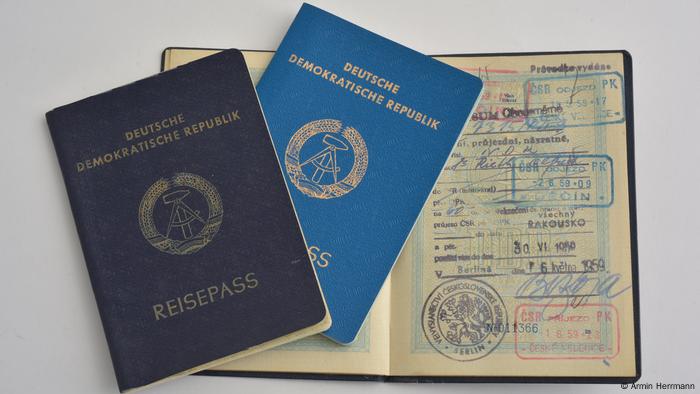
East German passports
Sensing people's displeasure, the East German leadership relented. In early 1972, agreements came into force that eased travel restrictions between the GDR, Poland and Czechoslovakia, at least on paper.
"You still stood at the border for a long time, whether before or after 1972. It didn't really matter much," Worf said.
According to East German records dating to 1977, the country's citizens traveled to both neighboring countries almost 50 million times in the first five years.
Popular destinations in Czechoslovakia were Prague and Karlovy Vary. People wanted to get to know the culture and see the countryside, but it is also where they met relatives from West Germany, which East Germany only allowed its citizens to visit under certain circumstances, and after thorough scrutiny. "That was always very nice," said Worf.
'Borders of Friendship'
Poland was popular for weekend trips as overnight stays were possible without a registration procedure.
Many East Germans enjoyed the more informal mood in a country where they could purchase West German publications such as the newsmagazine Der Spiegel, and see the latest Hollywood blockbusters in movie theaters.
Polish citizens traveled to East Germany not so much for a vacation or recreation, but in hopes of finding those scarce goods not available in their own country, or only at considerably higher prices.
Axel Drieschner, curator of the "Borders of Friendship: Tourism between the GDR, the CSSR and Poland" exhibition at the Utopia and Everyday Life Museum in the East German town of Eisenhüttenstadt, told DW a joke to go with that situation.
"Two dogs meet at the border and one of them asks: Why are you going to the GDR? The other says, to eat my fill. Asks the first dog: Why are you going to Poland? To bark louder for a change?"
In Poland at the time, people could voice displeasure and speak more openly about certain problems that people didn't feel as free to address publicly in East Germany, Drieschner said.
The Utopia and Everyday Life Museum has a collection of various postcards, travel catalogs and souvenirs, memories of vacations by East Germans in Poland and Czechoslovakia in the 1970s and 1980s.
Most exhibits are on loan, landing at the museum's doorstep following a public appeal. Many people reacted, Drieschner said, sending e-mails with anecdotes and stories, as well as souvenirs, some of which are on display.
East German leadership soon regretted the move
It didn't take long for the ruling SED party to regret the relaxations at the borders. Officials had not factored in shopping tourism and the consequences for East Germany's planned economy.
"They had calculated years in advance how much, let's say, razor blades or pins would be needed in the next few years," Drieschner said, adding that suddenly people from other countries showed up with very specific needs that had not been taken into account.
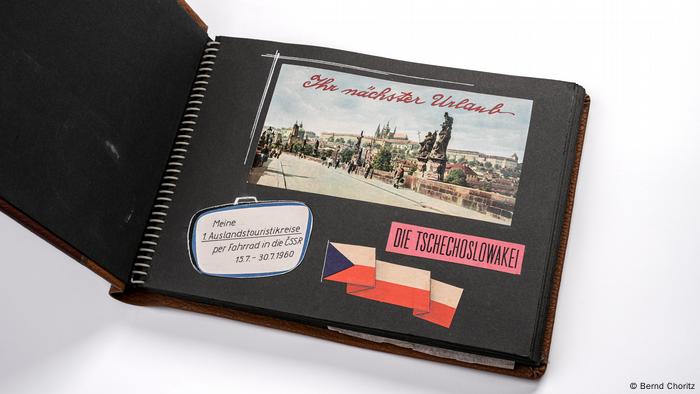
Fond memories of a trip to Czechoslovakia
One other aspect could cause chaos, too, and that was the potential to rouse resentment among the East German populace, Drieschner said.
"The leadership did not want to stir up unrest among the population, which could easily happen when Polish citizens drove to Görlitz in East Germany and bought items in department stores that were more or less fresh on the shelves," he said. "The larger cities near the border were very much affected by shopping tourism, and sometimes new resentments cropped up concerning the respective nationalities who bought what were perhaps urgently needed consumer goods."
Worf, in turn, remembers special goods he brought back from Czechoslovakia.
"We brought home vast quantities of dumpling flour, which was not available in the GDR at the time, and my favorite dish has always been sirloin with dumplings," Worf said. "I also liked shopping at the stationery store — the Czechs had certain pens that you rarely got in East Germany."
Shopping tourism displeased the East German leadership, as did the emergence of the anti-Soviet Solidarity movement in Poland in the 1980s.
The subsequent declaration of martial law in Poland again led to stricter controls at the borders, and travel became more difficult again.
That era is long gone, and today the borders are open across most of the European Union. The "Borders of Friendship" exhibition that runs at the Museum of Utopia and Everyday Life through April 30, 2023, shows visitors what travel was like for East Germans in the 1970s and 1980s.
GDR MOVIE POSTERS: CREATIVE FREEDOM PAST THE CENSORSRené Ahrlé: Murderers are Among Us (1946)Murderers are Among Us is the first German film to be released post-war and at the same time, the first film produced by the Deutsche Filim AG (DEFA), which was founded in May 1946. For his book, More Art than Advertisement: GDR Movie Posters 1945-1990, graphic designer Detlef Helmbold has collected more than 6,000 movie posters. They show that poster art was highly esteemed in East Germany.
This article was originally written in German.
